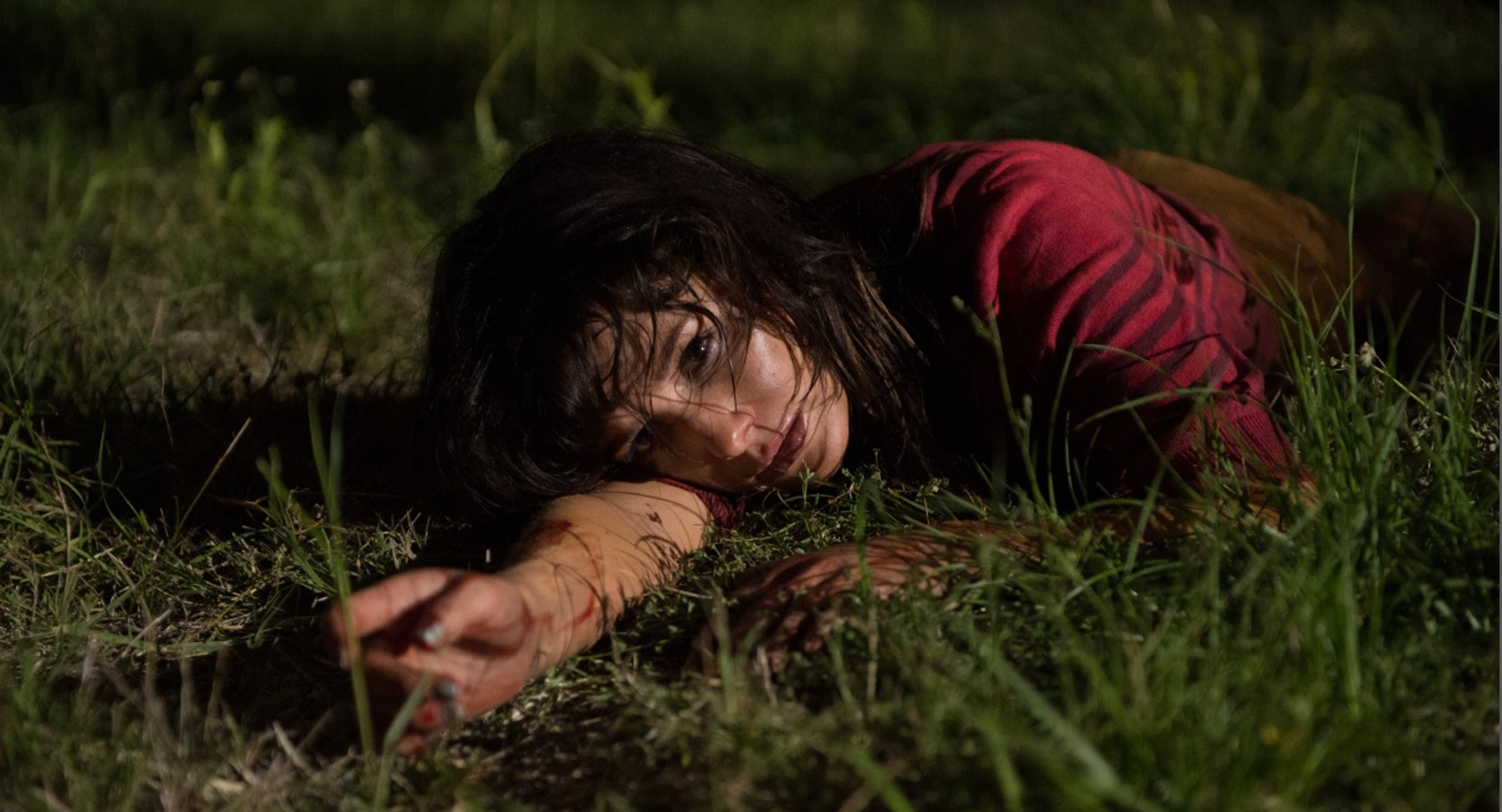The Town That Dreaded Sundown (2014) – Film Review
Published January 7, 2024

The Town That Dreaded Sundown, released in 2014, is a meta-sequel to the 1976 film of the same name. Directed by Alfonso Gomez-Rejon, this horror-thriller takes inspiration from true events that occurred in the small town of Texarkana in the 1940s, where a hooded serial killer terrorized the community.
Set in present-day Texarkana, the film explores the impact of the original murders on the town’s psyche. The narrative cleverly blends reality and fiction, blurring the lines between the 1976 movie and the current happenings. This unique approach creates an intriguing dynamic that pays homage to its predecessor while carving its own path.
The story follows Jami (Addison Timlin), a high school senior who becomes obsessed with the unsolved murders from the past. She delves into the history of the town’s darkest chapter, hoping to uncover clues and understand the killer’s motivations. As the anniversary of the original murders approaches, a copycat killer emerges, reigniting fear and panic within the community.
One of the film’s strengths lies in its atmospheric cinematography and haunting visuals. Gomez-Rejon skillfully captures the eerie essence of Texarkana, infusing each frame with a sense of foreboding. The use of dimly lit streets, dense forests, and abandoned locations amplifies the tension, effectively immersing the audience in a palpable atmosphere of dread.
Moreover, the film’s sound design plays a pivotal role in building suspense. The eerie soundscape, punctuated by unsettling whispers and chilling musical cues, heightens the sense of unease, keeping viewers on edge throughout the narrative.
The cast delivers commendable performances, with Addison Timlin shining as the determined yet vulnerable protagonist. Her portrayal of Jami is nuanced, capturing the character’s emotional turmoil as she navigates the escalating terror in the town. Supporting performances by Gary Cole and Travis Tope further enrich the storytelling, adding depth to the ensemble cast.
However, despite its strengths, The Town That Dreaded Sundown struggles with pacing issues and narrative cohesion. The film occasionally veers into disjointed storytelling, juggling multiple subplots that distract from the central mystery. Some sequences feel rushed, hindering the audience’s ability to fully invest in the characters or their arcs.
Additionally, the movie’s reliance on genre tropes, while effective in creating tension, occasionally feels formulaic. Certain scenes may feel predictable to seasoned horror enthusiasts, diluting the impact of the suspenseful moments.
Nevertheless, the film’s self-awareness and nods to its predecessor add an intriguing layer for fans of the original. The meta-commentary on the nature of sequels and the influence of media on real-life events provides an engaging thematic depth that elevates the viewing experience.
Furthermore, the film’s exploration of trauma and its lingering effects on a community offers a compelling undercurrent. It raises thought-provoking questions about the collective memory of tragedy and the cyclical nature of fear, resonating beyond the confines of the horror genre.
The Town That Dreaded Sundown is a visually striking and atmospheric film that pays homage to its source material while attempting to carve its own narrative path. While it grapples with pacing issues and familiar genre conventions, its strengths lie in its haunting visuals, solid performances, and thematic exploration. Fans of horror films rooted in true events or those intrigued by meta storytelling may find aspects to appreciate in this homage-filled thriller.
